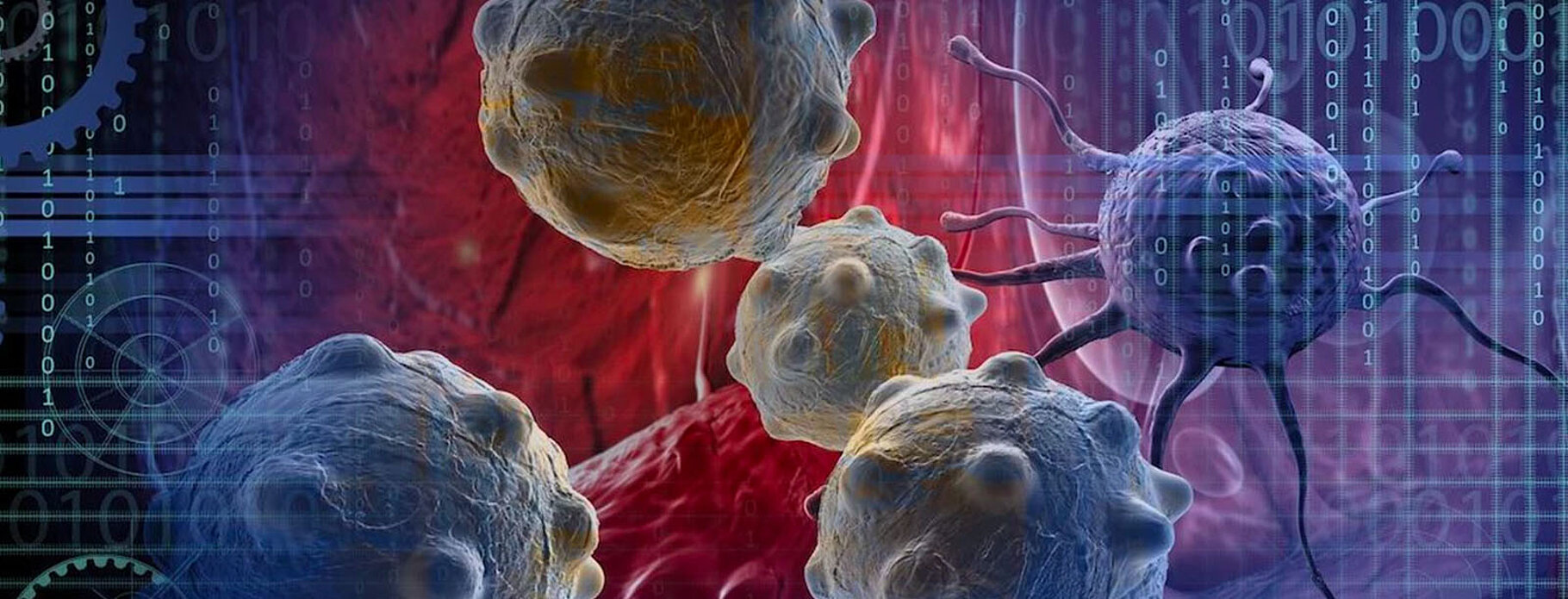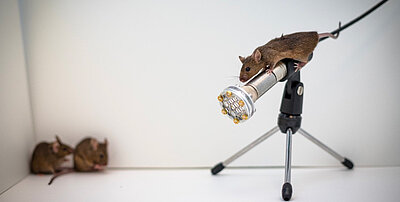Pathophysiology of Down's syndrome and rare dose-effect diseases causing intellectual disabilities (ID) or autism spectrum disorders (ASD) and other comorbidities
Team Leader : Yann HERAULT
Department : Translational medecine and neurogenetics

SUBGROUP LEADER
 Ultrasonic vocalisations can be used as markers of communication during social interactions.
Ultrasonic vocalisations can be used as markers of communication during social interactions.
Mouse models for neuropsychiatric conditions display in many cases a phenotypic diversity that can be linked to the genetic background used to generate them (ex: Arbogast et al. 2016, PLoS Genetics). Better understanding the behavioural diversity in mice should allow to point some modulation factors out and then to select specific genetic backgrounds to study the mechanisms behind these diverse pathologies. The existing literature provides a large panel of comparisons between inbred or recombinant strains (ex: Collaborative Cross; Churchill et al. 2004 Nat. Genet.) for classical phenotyping tests, such as anxiety, exploration, or activity, while social interactions are only briefly addressed. The present project focuses on the exploration of the behavioural diversity in social behaviours in such mouse strains. The behavioural characterisation will include short term dyadic social interactions, but also long-term monitoring of individuals living in groups in enriched environments. This behavioural characterisation will be complemented by the synchronous recording of ultrasonic vocalisations, a social signal which can help to refine behavioural definitions. This knowledge will be then applied in mouse models carrying genetic mutations associated with autism spectrum disorder, and/or intellectual deficiency crossed with the genetic background of interest. We could therefore study modulating factors and use them to establish new mouse models with more robust behavioural phenotypes, especially in the social domain, that can be used in pharmacological rescue studies.